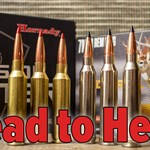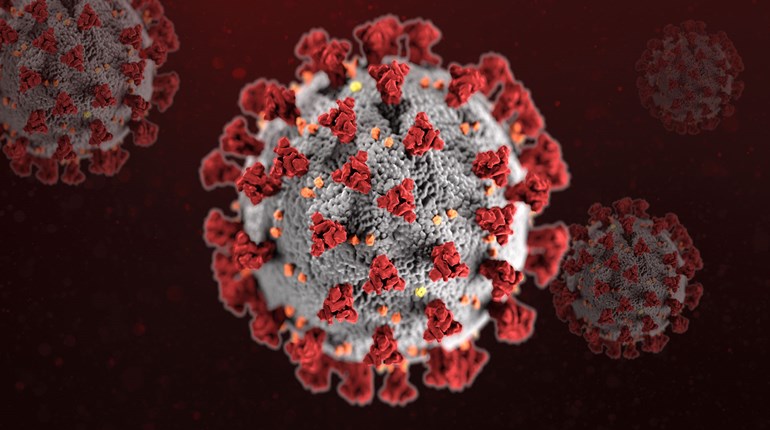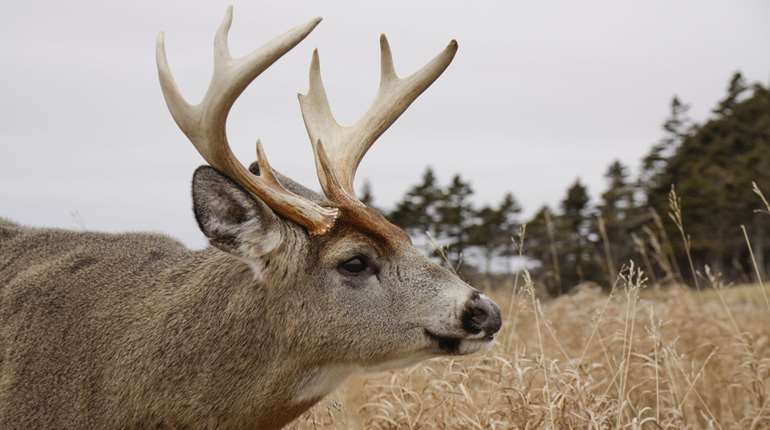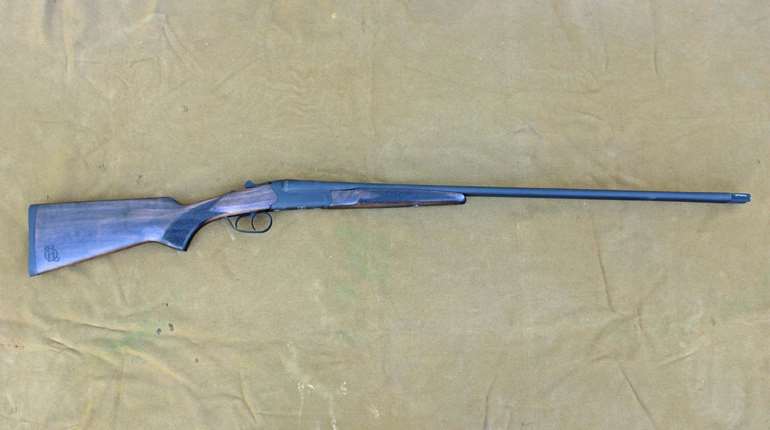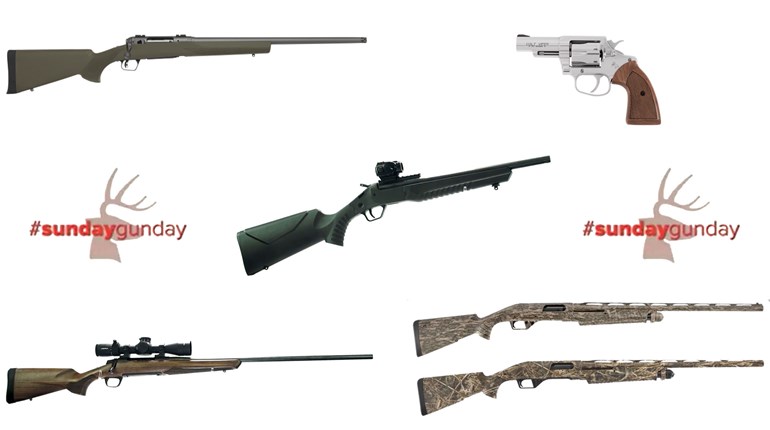
The most popular big game animals hunted in North America—deer and elk—belong to a group of animals classified as “ungulates.” Ungulate comes from the Latin word for "hoof", and since all ungulates have hooves, it’s quite appropriate. For a long time this extremely large group was considered by scientists as one order, but today "ungulates" refers to two distinct orders, Artiodactyla and Perissodactyla. They are separated by the number of toes each member of the group has. Animals in the order Artiodactyla, which includes elk, deer, bison, pronghorn, and the peccaries) have an even number of toes. On the other hand, animals in the order Perissodactyls, which includes horses and elephants, have an odd number of toes.
Deer and elk, as well as moose and caribou, are members of the Artiodactyla order as well as the deer family, Cervidae. Males of these species annually grow and shed antlers (not horns). (Female caribou also grow and shed antlers.) All ungulates are herbivores, meaning they only eat plants. Some Cervidae members are migratory, following their food sources with the changing of the seasons. These migrations can be relatively short of incredibly long. For example, some caribou herds migrate hundreds of miles twice a year. In the Rocky Mountain west, some elk are mule deer that reside in mountainous country live in the high country in summer but migrate to lower elevations when the deep snows of winter arrive, returning when the snow melts away in spring and summer.
Ungulates, like all ruminants, have a four-chambered stomach, which includes the rumen, reticulum, omasum, and the abomasum. The rumen is a fermentation and storage vat, where microorganisms break down a lot of food so it can be absorbed by the animal but it does not physically break down the food with acid like a human stomach. Inside the rumen bacteria and protozoa begin breaking down the plant material, after which the animal regurgitates the food (called the cud) and ruminates (chews the cud thoroughly).
Once the cud has been thoroughly chewed, the animal swallows it again, where it passes through the rumen and enters the reticulum. The reticulum is basically a filter that allows small particles to pass to the omasum, which acts like a sponge that draws off excess water before the food is then passed to the abomasum, the fourth and "true" stomach, where it is broken down to the molecular level so that it can be absorbed by the intestine.
Ungulates have sharp incisor teeth for nipping off plants and broad, flat molars for mashing them. Molars line both the upper and lower jaw, but incisors occur only on the lower jaw. Biologists trying to determine an ungulate’s age do so by cross-sectioning a tooth, place it under a microscope, and look at the annual growth rings (the same type of growth rings found on trees).











